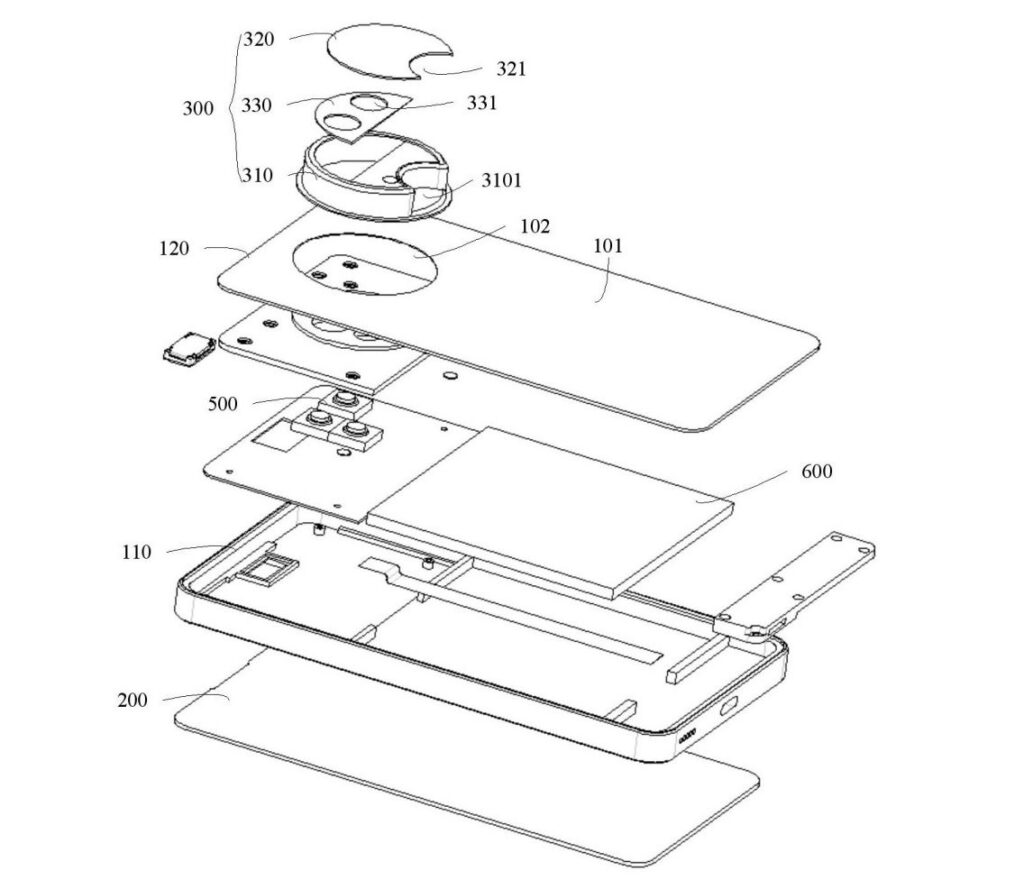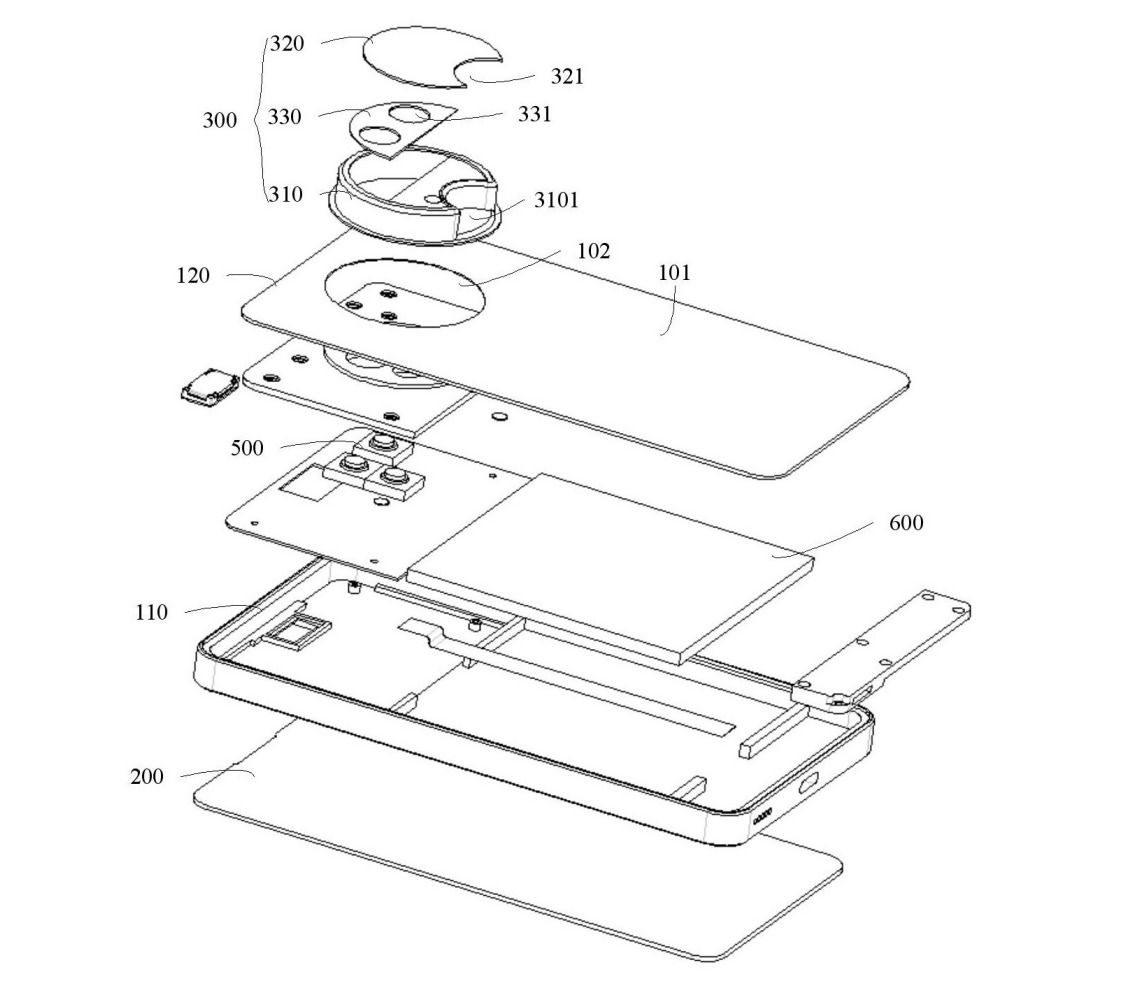In a recent judgement, the Madras High Court has upheld the controller’s decision of rejection of a patent application for an invention aimed at integrating human intelligence with artificial intelligence (AI). The applicant, Caleb Suresh Motupalli, had filed a patent application for a system designed to enhance human capabilities by merging human and AI functionalities.
Background of the Invention:
The invention, titled “Necktie Persona-Extender/Environment-Integrator and Method for Super-Augmenting a Persona to Manifest a Pan-Environment Super-Cyborg,” proposed a method to augment human abilities through the integration of AI. The applicant argued that this system would function alongside the user, enhancing both cognitive and physical abilities.
Patent Office Examination:
After examination, the Indian Patent Office issued a First Examination Report (FER) raising objections regarding the applicability, novelty, and compliance of the claimed invention with the provisions of the Patents Act 1970. The applicant made certain amendments to the patent claims and filed for reconsideration. Despite these amendments, the Controller of Patents maintained the objections and refused the application for Patent.
Court’s Decision:
The Madras High Court, presided over by Justice Senthil Kumar Ramamoorthy, dismissed the appeal of restoration of the patent application, stating that there are no sufficient grounds to interfere with the Controller’s decision. The court concluded that the invention lacked sufficient technical detail, clarity, inventive step, and failed to demonstrate patentable subject matter, rendering it non-patentable under the statutory requirements.
Implications:
This decision of the Madras High Court underscores the importance of providing clear and detailed technical features of invention in patent applications, especially in emerging fields like AI integration. It also highlights the necessity for inventions to demonstrate a clear inventive step and technical clarity to meet the patentability criteria under the Patents Act 1970.
technology
Oral Biopsy Device technology Granted a Patent in USPTO
An automated oral biopsy device which is invented by a professor of Siksha ‘O’ Anusandhan (SOA) Deemed to be University in Bhubaneswar has been granted a Patent by United States patent office.
This device is pen-like shape and user-friendly, it simplifies the biopsy process, eliminating the need for extensive instrumentation and incorporating features like tele-screening and fiber-optic lighting.
This device enhance the accuracy and efficiency of oral disease diagnoses, particularly oral cancer, by enabling early detection and treatment without compromising expert opinion. Professor Mohanty had previously secured two Indian patents for the same product in 2023 and 2024, and a design patent in 2019. She filed for the U.S. patent in 2019, which was granted recently.
The research was funded by the Department of Science and Technology for prototype development, with support from Startup Odisha for need-based assistance. This innovation has garnered recognition, including the Global Outreach Dental Innovation Award in 2021, and was showcased at the Global Bio India 2024 in New Delhi.
This useful invention will help the patients immensely with early diagnosis and treatment of oral diseases without compromising on the expert opinion and reducing the burden of oral diseases, specially oral cancer.
JinkoSolar has initiated a legal action against Waaree Energies for patented technology
JinkoSolar has filed an infringement against Waaree Energies and its U.S. based subsidiary, Waaree Solar Americas, alleging infringement of its n-type tunnel oxide passivated contact (TOPCon) patent number, US11,824,136B2 granted in 2023. It is filed in the U.S. District Court for the Southern District of Texas on February 7, 2025.
The above said patent is granted to JinkoSolar in 2023, pertains to solar cells, their manufacturing methods, and photovoltaic modules. JinkoSolar has also patented this technology in key global markets, including China, Japan, Australia, and the European Union.
Now a days, this legal action is part of a broader trend in the solar industry, where major manufacturers are actively defending their intellectual property rights related to advanced technologies like TOPCon. For example, Trina Solar has recently filed a lawsuit against Canadian Solar over alleged patent infringements concerning TOPCon cell technologies.
Waaree Energies, is India’s largest solar PV module manufacturer. It is the flagship company of the Waaree Group, founded in 1989. It operates four PV manufacturing facilities in Gujarat, India, with a combined capacity of almost 12 GW. In December 2024, Waaree Solar Americas began producing solar modules at its new 1.6 GW plant in Brookshire, Texas
The outcome of this lawsuit could have significant implications for the solar industry, particularly concerning the protection and commercialization of IP rights related to advanced photovoltaic technologies.
Vivo filed a patent for smartphone with rear camera grip technology
Vivo (smartphone company) has filed a patent in CHINA Patent office for a smartphone with a unique camera design. This innovative design introduces a dedicated grip area on the back of the device, this will allow the users to hold the phone more securely and steadily while capturing images or videos.

The Vivo patent images shows that the camera module is placed in center of smartphone. The camera bump is with high elevation, much higher than cameras on smartphones in general. The grip is provided in the form of the small cut-out on the bottom-half of the camera module. It looks like a sort of grip to hole the phone properly.
Key Features of the Patent:
Ergonomic Design: The rear camera grip is contoured to fit the user’s hand. It provides a comfortable and secure hold as shown in image.
Improved Stability: By offering a stable grip, the design aims to reduce camera shake. It results in clearer and sharper photos, which will increase stability of the camera.
Enhanced Control: The grip may include additional controls or buttons, allowing users to adjust camera settings more conveniently and user friendly.
This patent application reflects Vivo’s efforts to enhancing the smartphone photography experience by integrating ergonomic design elements as per user needs. As this is a patent and not yet launched as a commercial product, it shows Vivo’s innovative approach to smartphone design to make it more user friendly.
UIET granted a patent for Multi Plant Transplanting technology
UIET Institute granted a patent for Multi Vegetable Transplanting. It will speed up the plant saplings by saving time, energy and money.
According to Prof. Sachdeva (Vice Chancellor), promoting research and research is their main priority. To promote innovation, entrepreneurship and self-employment, two incubation centers have also been established in UIET Institute. Research and innovation is the key solution to social problems including agriculture, business, science and technology.
This patent was applied in June 2023 by the team of Department of Mechanical Engineering. A team of 19 students from the Mechanical Department along with Dr. Sanjay Kajal, Dr. Sunil Nain, Dr. Anuradha, Dr. Upendra Dhull. The machine was also displayed at Mahatma Phule Agricultural University, Pune, Maharashtra for assessment and inspection purpose.
350 saplings can be planted in one go
In the agricultural sector, the work of planting saplings is done by hand, which takes more manpower and time. By using this machine a farmer sows in his field, he can adjust the distance from plant to plant and line to line in the machine as per his wish. This machine not only saves time and energy in planting trees but also saves money. The machine has technology of a transmission, Geneva and rotor mechanism, through which the distance can be set according to the need of the plant.
The space is provided for two trays, through which 350 plants can be planted at a time. This machine can transplant many plants like brinjal, tomato and chilli.


